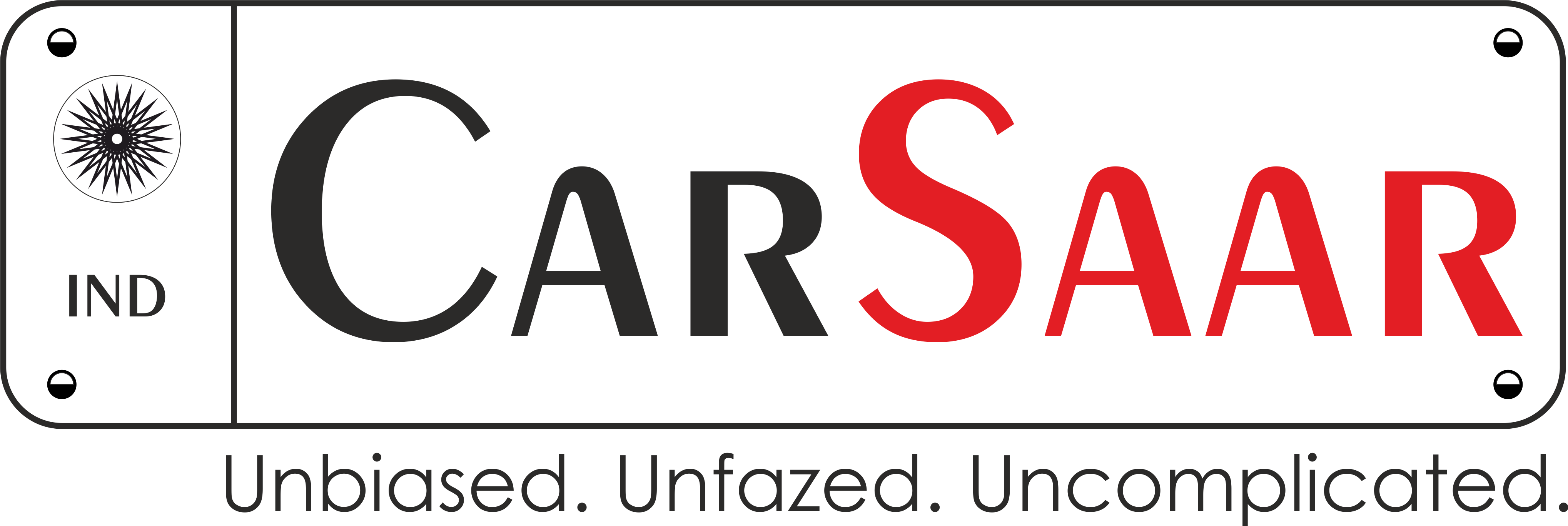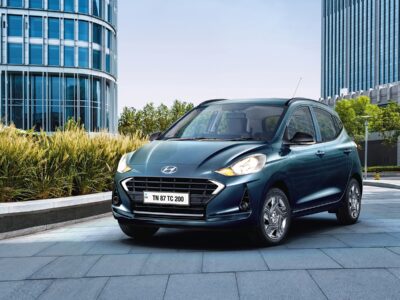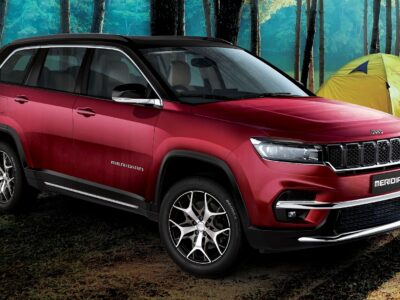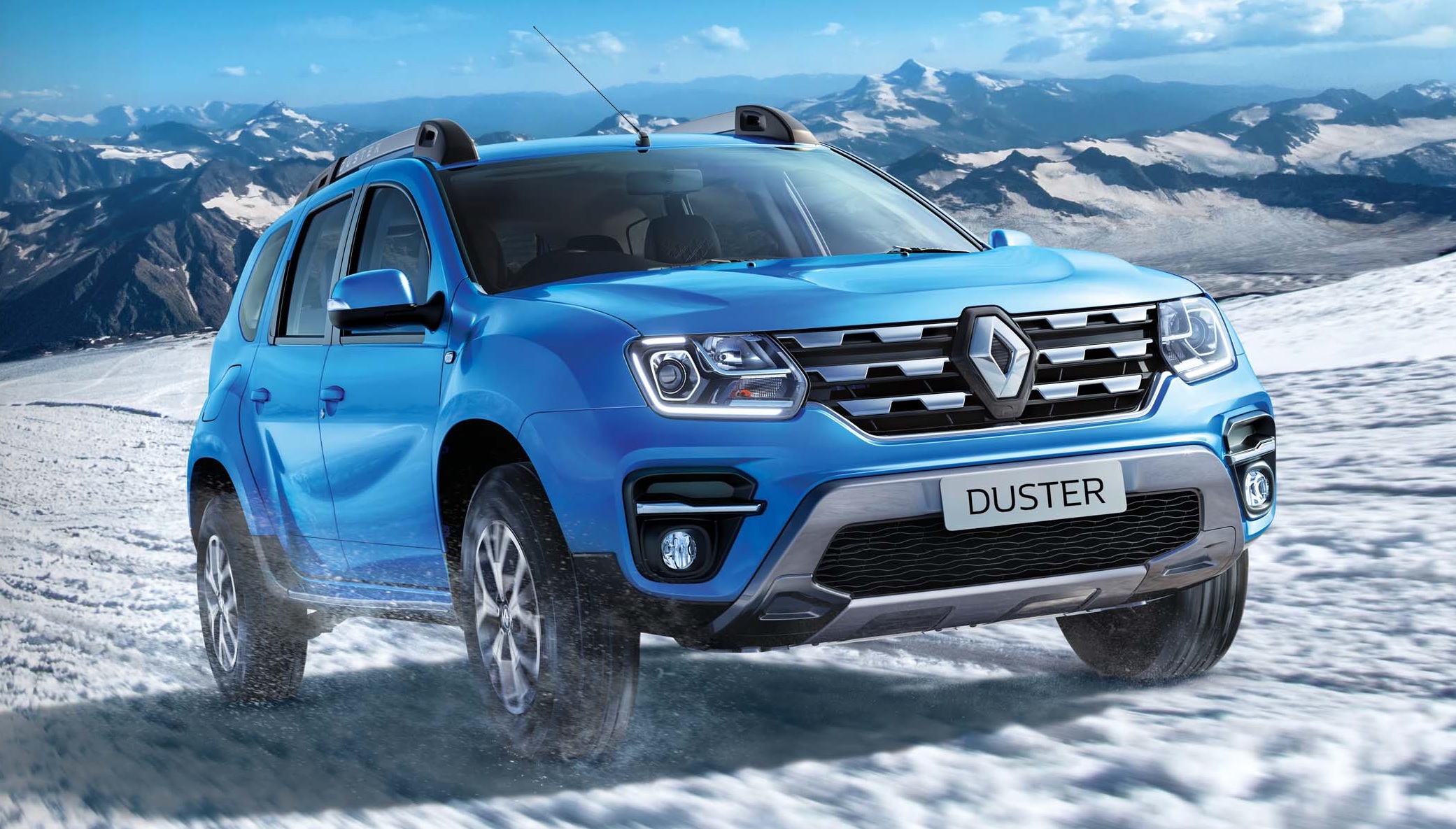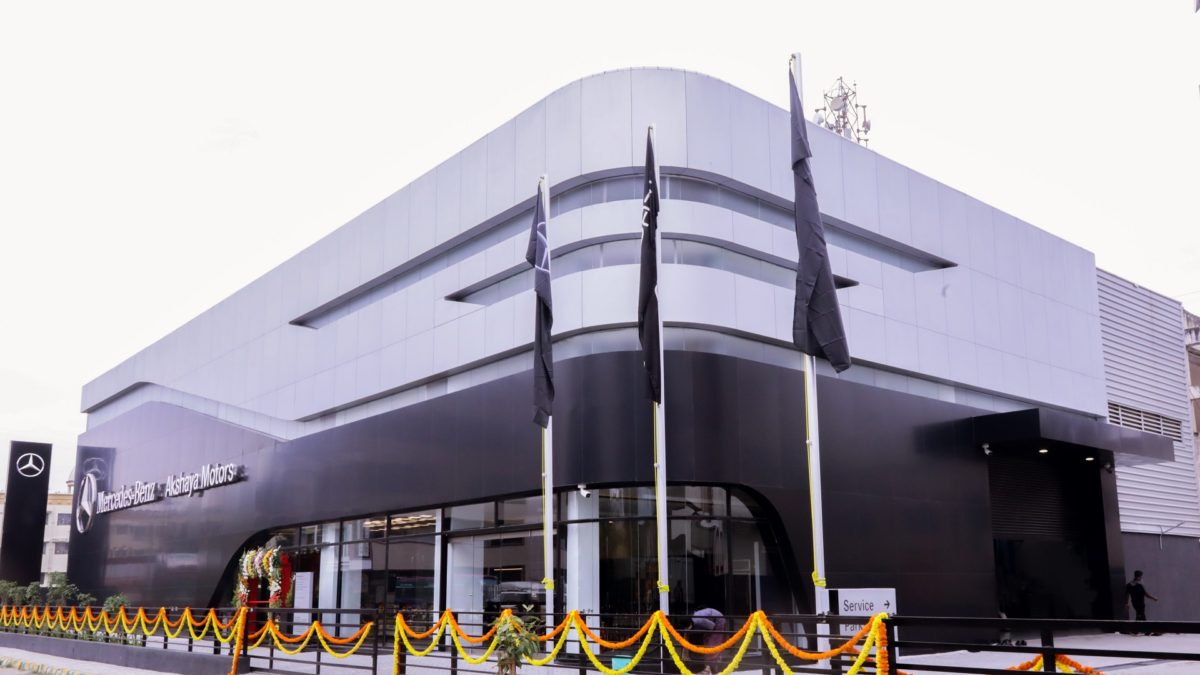We’ve seen several kinds of smart solutions from automakers around the world. Everything from adaptive cruise control and automatic emergency braking to lane-keep assist and live traffic information falls in that category. Focusing on transmissions, cars these days have enough brains to skip gears (up and down), depending on the load or the selected drive mode. But what if a vehicle could make use of all the electronics and the internet to decide which gear is the best bet? Well, that’s something Hyundai and Kia have jointly conceived, and the tech could soon find space in their future models.
The South Koreans have dubbed it as Information and Communication Technology (ICT) Connected Shift System. The idea is simple: a transmission that knows the road and traffic conditions ahead and based on that information shifts to an optimal gear. How’s that possible? The duo has managed to link the mechanism of a gearbox to a brain which decodes inputs from sensors, radars, cameras and the internet.
Some more theory. The main ingredient is a 3D navigation system which not only gets live traffic updates but also measures elevation, gradient and curvature of the terrain ahead. A radar detects the speed and distance between the vehicle and the others, while a front-facing camera feeds lane information. All the data becomes food for an AI (Artificial Intelligence) algorithm. Based on the result, the Transmission Control Unit (TCU) slots in the optimal gear. Or if need be, the clutch gets disengaged to let the car cruise, which improves fuel efficiency.

Hyundai and Kia also ran some tests to prove their theory. A mule fitted with the tech on a “heavily curved road” managed to decrease the frequency of shifts by nearly 43 per cent compared to vehicles without the system. As a result, the duo claims, the rate of braking came down by approximately 11 per cent. That’ll minimise brake wear and, of course, driving fatigue.
In another scenario, where the test car had to enter a highway, the newly developed system automatically shifted to Sport driving mode on the merge. After merging, the vehicle moved back to the original driving mode. Some of the other observations included automatic engine braking upon release of the accelerator under conditions such as identifying speed bumps, downhill slopes and location-based speed limit change.
In addition to applying a lot of brains to create this auto-shifting wizardry, the companies have also filed about 40 major patents in South Korea and some other countries. The development of this technology, however, will not stop here. Hyundai and Kia aim to make the system even more “intelligent” by establishing communication with traffic signals over the internet. The question is, would you buy a car where even the transmission knows more than you?

